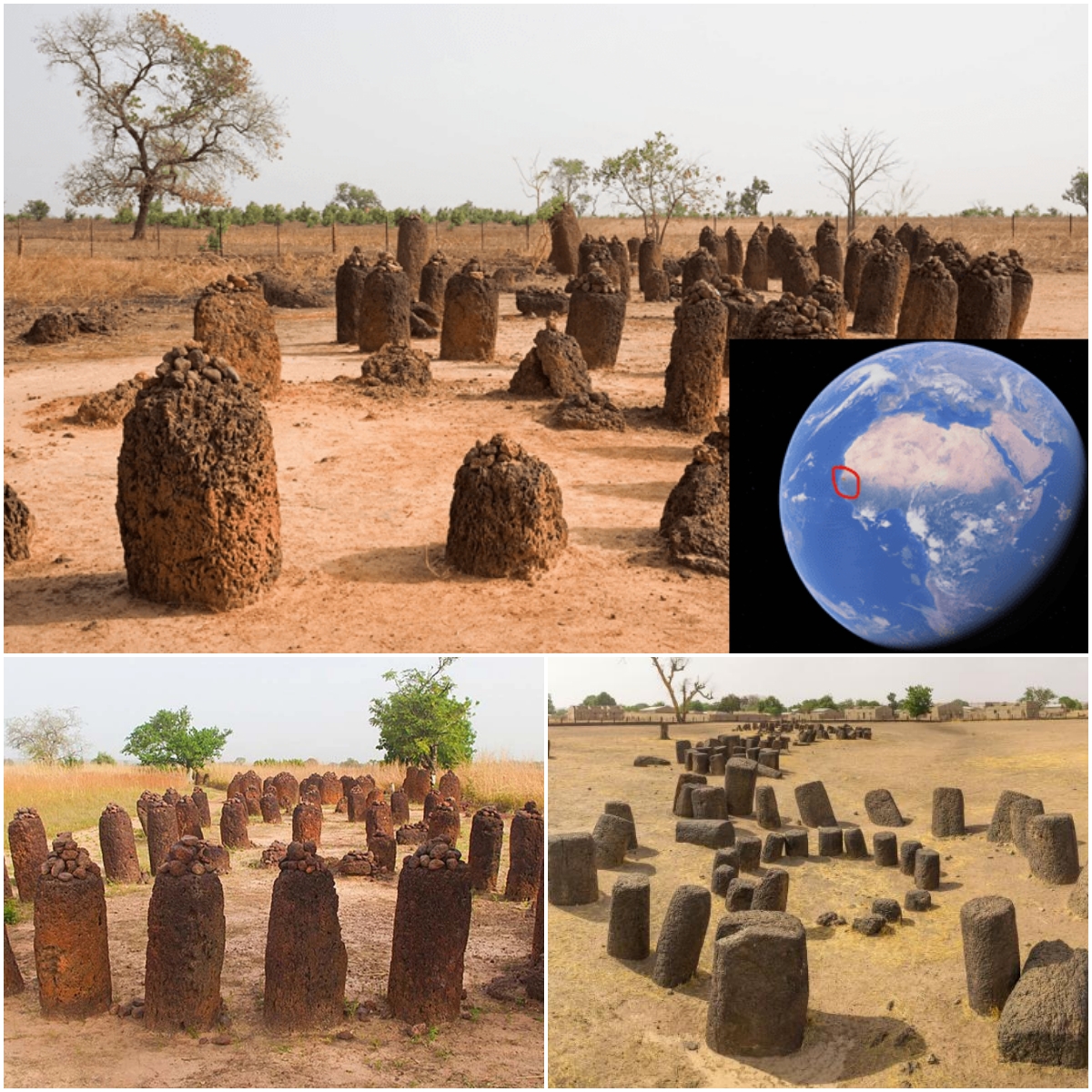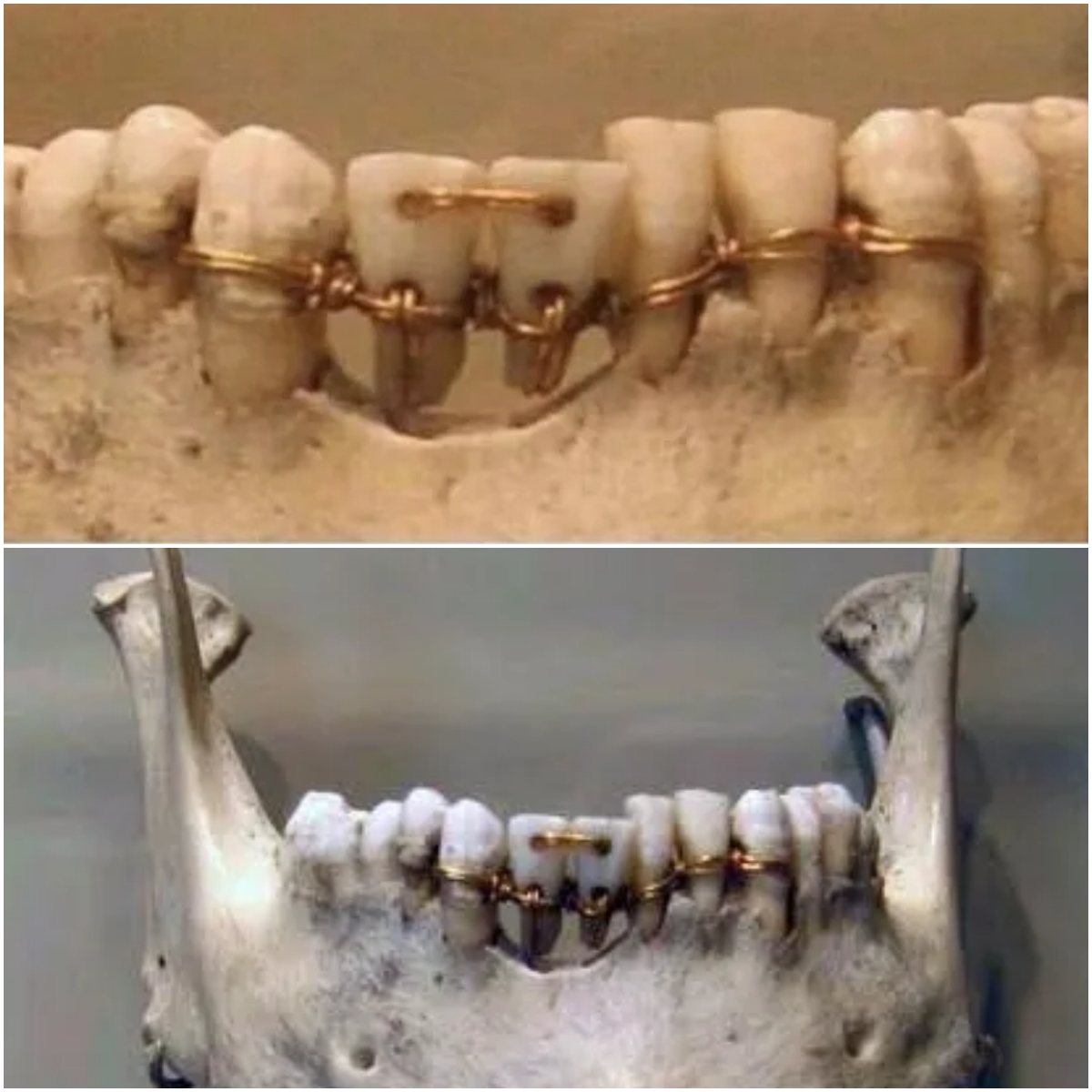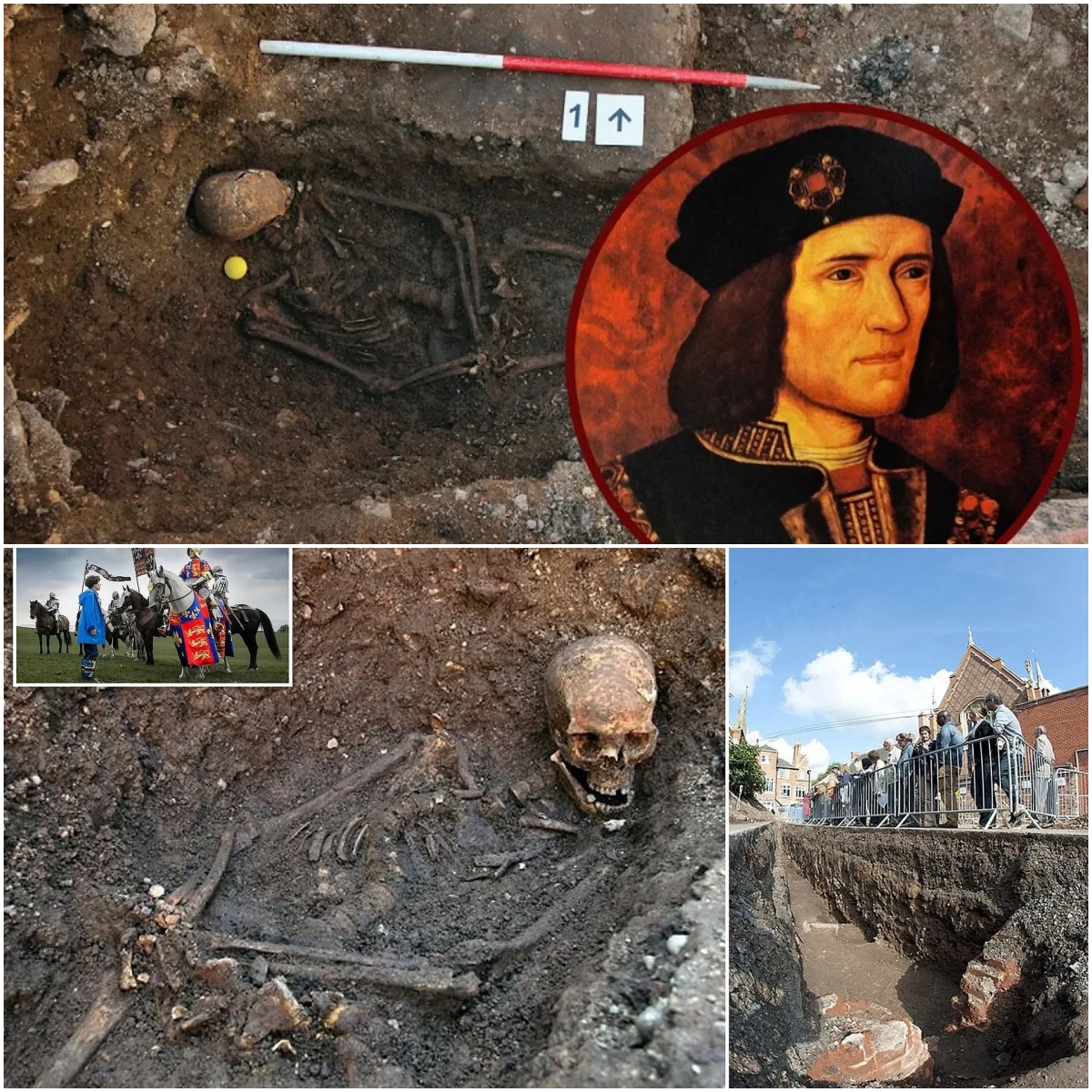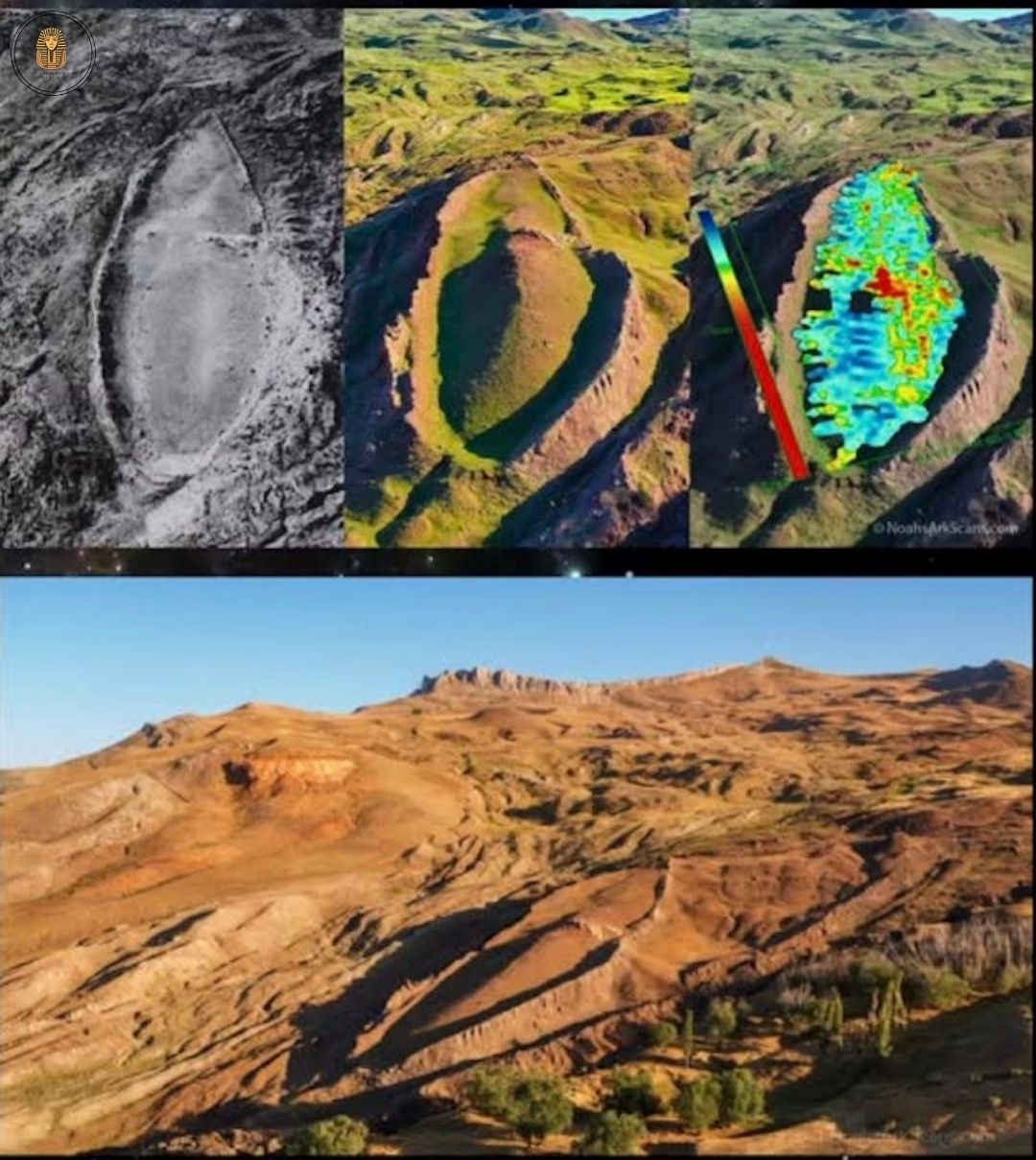Saint Bernard’s Mummies: Nature’s Unexplained Gift
The bodies buried here for some mysterious reason have become natural mummies.

While the ancient Egyptians had to spend centuries researching and developing mummification techniques, in a cemetery in the small town of San Bernardo, Colombia, in some strange way, corpses naturally re-petrified after a period of rest. Many scientists have come to San Bernardo to study the phenomenon of turning corpses into stone.
This strange phenomenon began to be noticed by a gravedigger named Eduardo Cifuentes 15 years ago. While renovating forgotten graves, Mr. Cifuentes realized something special about this burial site. According to Mr. Cifuentes’ description, the clothes and skin of the corpses acquired a brown color. In addition, the skin of the corpses looks pale and wrinkled due to the effect of time.

Most of the bodies were buried in the late 1950s.
Despite studying for a long time, scientists have not been able to give the most satisfactory explanation for this strange phenomenon. It is known that in the past in the town of Guanajuato, Mexico, corpses could also spontaneously petrify due to soil conditions and underground gas. But this assumption cannot be applied to explain Saint Bernard. Because here all the corpses are placed in coffins, which lie on the grave according to local rituals. Therefore, the corpses are not in contact with the ground.

It dries out and turns to stone after a while.
The locals have given some explanations such as water sources, lack of chemicals, soil temperature conditions or the custom of eating two typical fruits of the region, guatila and balu.
Today, mummies are preserved and displayed in museums. While this can boost the city’s economy, some residents still feel dissatisfied with this type of business.







